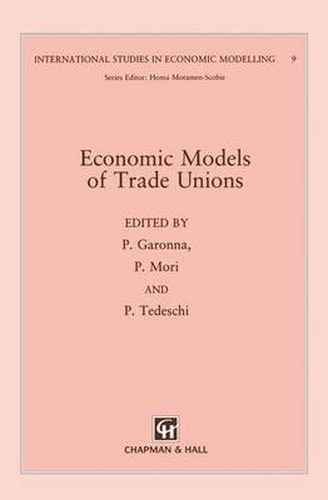Readings Newsletter
Become a Readings Member to make your shopping experience even easier.
Sign in or sign up for free!
You’re not far away from qualifying for FREE standard shipping within Australia
You’ve qualified for FREE standard shipping within Australia
The cart is loading…






This book provides a picture of the current economic research on trade unions in an edited collection of recent papers, both theoretical and empirical, concerned with the quantitative analysis of trade unions’ behaviour and impact. In particular it compares the results of the most recent theoretical developments with empirical studies in each area of research. The papers are grouped into three sections. The first one is devoted to unions’ objectives and membership. The papers included in this section show how to aggregate individual’s preferences and how various forms of aggregration can influence membership. The second section analyzes the different contractual set-ups and how they influence the final allocation of the labour market. Furthermore, it shows how a bargaining model can help in the explanation of strikes. The last section introduces the debate on the macroeconomic effects of trade unions on both long run equilibria and stabilization policies. In all sectors, empirical papers follow the theoretical ones in order to ascertain how theory is able to explain the major economic facts.
$9.00 standard shipping within Australia
FREE standard shipping within Australia for orders over $100.00
Express & International shipping calculated at checkout
This book provides a picture of the current economic research on trade unions in an edited collection of recent papers, both theoretical and empirical, concerned with the quantitative analysis of trade unions’ behaviour and impact. In particular it compares the results of the most recent theoretical developments with empirical studies in each area of research. The papers are grouped into three sections. The first one is devoted to unions’ objectives and membership. The papers included in this section show how to aggregate individual’s preferences and how various forms of aggregration can influence membership. The second section analyzes the different contractual set-ups and how they influence the final allocation of the labour market. Furthermore, it shows how a bargaining model can help in the explanation of strikes. The last section introduces the debate on the macroeconomic effects of trade unions on both long run equilibria and stabilization policies. In all sectors, empirical papers follow the theoretical ones in order to ascertain how theory is able to explain the major economic facts.